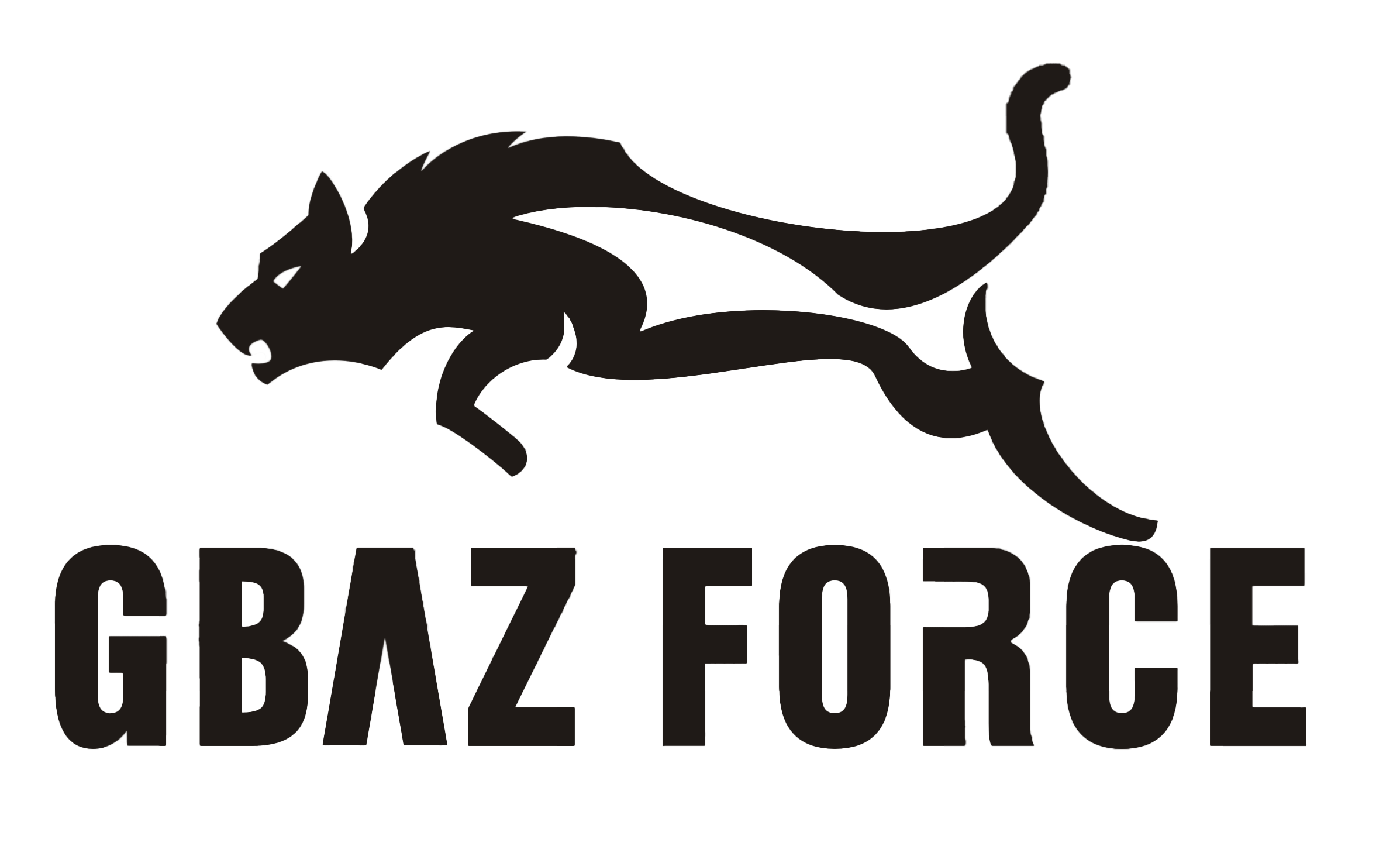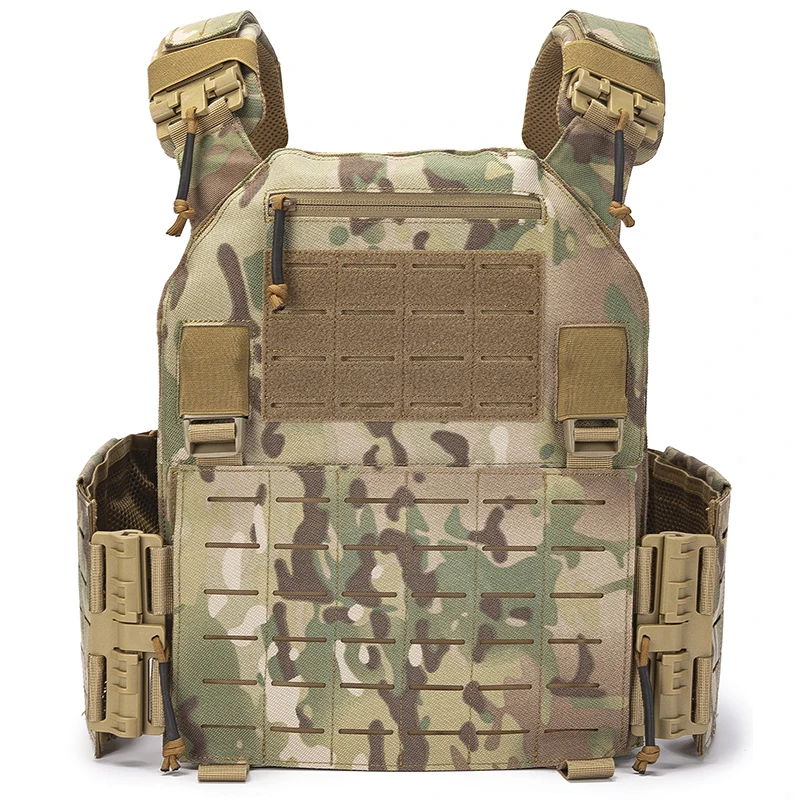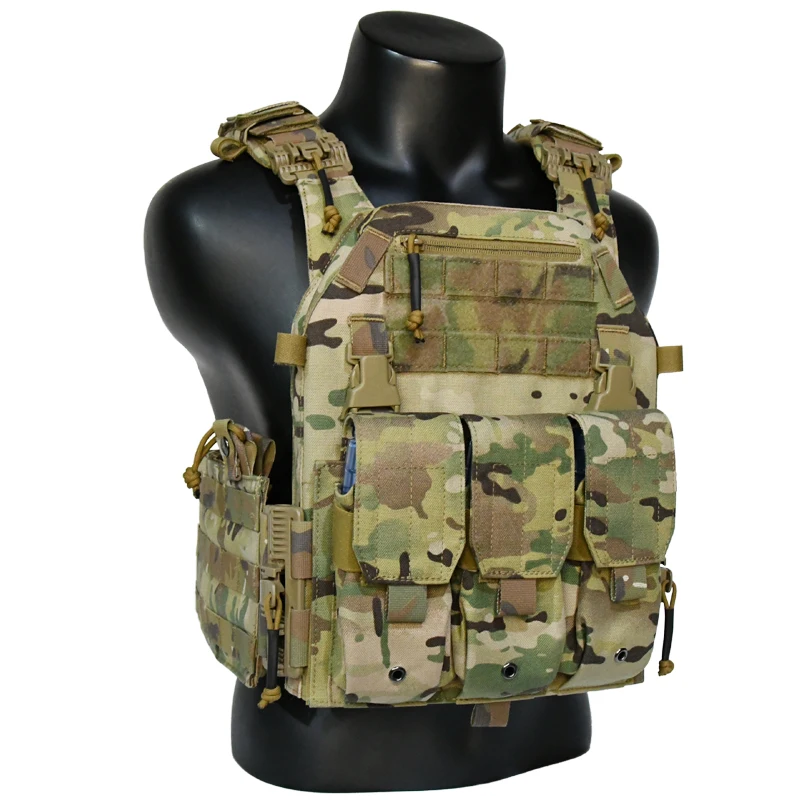Tactical Gear
PRODUCTS
Tactical Vest Weight Capacity and Load Distribution
Weight Capacity: The Limits of Endurance
The weight capacity of a tactical vest is not a single, universally applicable number. It varies significantly depending on the vest's construction, material, and design. Heavily reinforced vests built for ballistic protection naturally have higher weight limits than lighter, less protective versions. Manufacturers often provide weight recommendations, but these should be considered guidelines, not absolute limits. The user's physical fitness and the duration of wear also greatly influence the practical weight capacity. A vest that feels manageable for a short period might become unbearable after hours of continuous use.
Exceeding the recommended weight limit can lead to a variety of problems. Strains and sprains in the back, shoulders, and neck are common, particularly if the weight isn't distributed evenly. Reduced mobility and agility can also compromise performance and increase the risk of injury. Furthermore, excessive weight can impede blood flow, leading to discomfort and potentially more serious health issues over time.
It's crucial to regularly assess the weight carried within the vest. Regularly reassess the necessity of each item. Removing unnecessary gear can significantly lighten the load and improve comfort. Consider using lighter-weight alternatives for certain items whenever possible without compromising safety or functionality. Remember, the goal is not to maximize the weight the vest can hold, but to optimize the weight carried for the specific mission or task.
Load Distribution: The Key to Comfort and Performance
Even within a vest's weight capacity, uneven weight distribution can significantly impact comfort and performance. Ideally, the weight should be distributed evenly across the shoulders, back, and hips. Poor load distribution concentrates weight in specific areas, leading to pressure points and discomfort. This can cause muscle fatigue and lead to postural issues, even pain.
Proper placement of equipment within the vest is crucial. Heavier items should be positioned close to the center of gravity, typically around the back and waist. Smaller, lighter items can be placed in more peripheral pouches. Using internal organizers and dividers within the vest can help maintain a structured and organized arrangement, further improving weight distribution. Adjustable straps and cummerbunds are invaluable for fine-tuning the fit and ensuring the weight is distributed appropriately.
Regularly checking and adjusting the load distribution is essential, particularly during prolonged use. The shifting of weight during movement can cause imbalances, necessitating readjustments. Consider the specific activity or mission when distributing the load – a static guard duty might require different load distribution than a high-mobility operation. Learning to properly pack and distribute the load is a skill that needs to be practiced consistently.
Material and Construction: Influence on Capacity and Distribution
The materials and construction of the tactical vest play a significant role in both its weight capacity and how effectively it distributes the load. Stronger, more durable materials like high-density nylon or Cordura can support heavier loads while maintaining structural integrity. However, these materials often weigh more themselves, impacting the overall weight carried. The design of the padding and the placement of support structures also influence weight distribution. Well-designed padding helps to distribute the weight more evenly across the body, reducing pressure points.
Consider the features of the vest itself. MOLLE (Modular Lightweight Load-carrying Equipment) systems, while beneficial for customization, can increase the overall weight if not carefully managed. The quality of stitching and hardware also affects the vest's ability to withstand stress and distribute weight effectively. A poorly constructed vest can lead to uneven weight distribution and potential failure under stress.
Before purchasing a tactical vest, it’s essential to consider the intended use and the types of equipment that will be carried. Research different vest designs and materials to find one that offers a suitable weight capacity and facilitates proper load distribution for your specific needs. Investing in a high-quality, well-designed vest is crucial for ensuring both safety and comfort during operations.
SUBSCRIBE
INQUIRY










